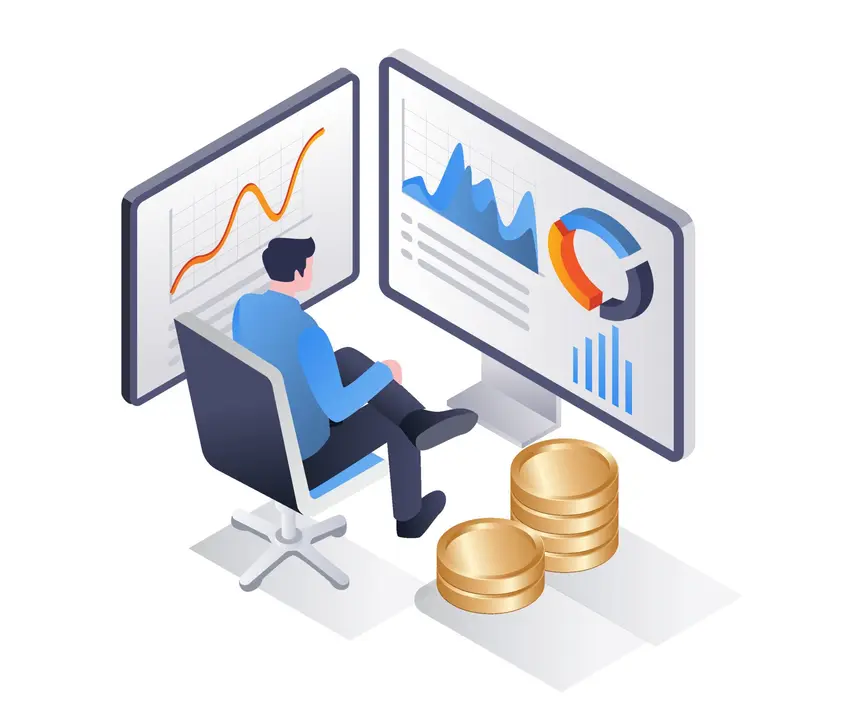Commodity trading is the process of buying and selling raw materials or primary goods such as gold, oil, wheat, coffee, and other natural resources. These raw materials are often used to produce finished goods, making them important in the global economy. In this article, we will explore the basics of commodity trading, including its history, how it works, the benefits, and the risks involved.
History of Commodity Trading
The origins of commodity trading can be traced back to the 1800s when farmers would gather in local marketplaces to exchange their goods. As trading became more sophisticated, merchants began to exchange goods for standardized prices, which led to the establishment of commodity exchanges. The first exchange was established in Chicago in 1848, and soon after, commodity trading became a global phenomenon.
Types of Commodities
Commodities can be broadly classified into three categories: agricultural commodities, energy commodities, and metals. Agricultural commodities include wheat, corn, soybeans, coffee, and sugar. Energy commodities such as crude oil, natural gas, and gasoline. Metals include gold, silver, platinum, and copper.
Commodity Exchanges
Commodity exchanges are where traders buy and sell commodities. There are several exchanges worldwide, including the Chicago Mercantile Exchange (CME), New York Mercantile Exchange (NYMEX), London Metal Exchange (LME), and Intercontinental Exchange (ICE). These exchanges have different contracts and trading hours, so it is important to research them before deciding which exchange to use.
How Commodity Trading Works
Commodity trading involves the buying and selling of commodities on exchanges. Futures and options are the two primary methods of trading commodities. A futures contract is a binding agreement between two parties to exchange a specified commodity at an agreed-upon price and timeline. Options contracts give traders the option to buy or sell a commodity at a specific price but do not require them to do so.
Benefits of Commodity Trading
Commodity trading provides investors with several benefits, including diversification, price discovery, and a hedge against inflation. As commodities are not directly related to the stock market, they can provide a hedge against market volatility. Additionally, commodities can be an effective way to protect against inflation as they often rise in value during times of high inflation.

Risks Involved in Commodity Trading
Commodity trading is a highly volatile market, and prices can be affected by various factors, such as weather patterns, geopolitical events, and economic conditions. Trading in commodities also involves leverage, which can amplify gains and losses. It is crucial to conduct thorough research and seek advice from a financial advisor before entering the market.
Getting Started in Commodity Trading
To start trading in commodities, you need to open a trading account with a brokerage firm. Most brokerage firms offer online trading platforms that allow you to buy and sell commodities easily. It is crucial to research the brokerage firm before opening an account to ensure they offer competitive pricing and have a good reputation.
Once you have opened a trading account, you need to research the commodities you want to trade in and understand the market conditions affecting their prices. It is also important to have a trading plan that includes risk management strategies.
Conclusion
Commodity trading is a challenging market that requires knowledge and experience to succeed. While it offers several benefits, including diversification and a hedge against inflation, it also comes with risks. It is important to conduct thorough research and seek advice from a financial advisor before entering the market. With the right approach, commodity trading can be a profitable investment.



